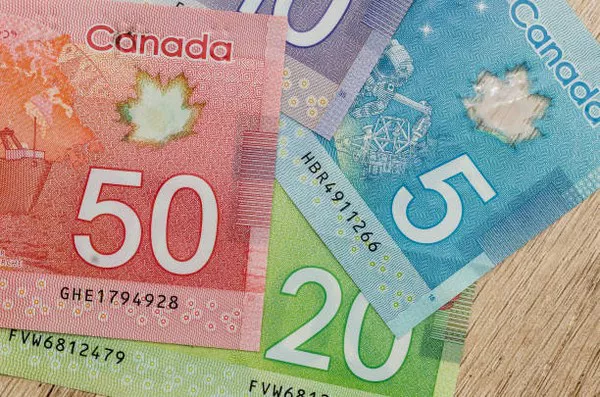The Canadian dollar has experienced significant volatility in early May 2025 as mixed economic signals and shifting global market dynamics weigh on investor sentiment. The currency, often influenced by commodity prices, interest rate policies, and trade flows, has been caught in a tug-of-war between domestic economic resilience and external pressures.
One of the key factors impacting the loonie is the fluctuating price of crude oil, Canada’s largest export. After a brief rally in April, oil prices have retreated in May due to concerns over weakening global demand, particularly from China, where economic growth has slowed more than anticipated. Analystsnotethatevery5 drop in oil prices typically translates to a 1-cent depreciation in the CAD/USD exchange rate, and this correlation has held true in recent weeks.
Domestically, the Bank of Canada (BoC) has maintained a cautious stance on interest rates, opting to hold its benchmark rate at 4.25% in its latest policy meeting. While inflation has eased from its peak in 2023, it remains stubbornly above the central bank’s 2% target, hovering around 3.1% as of April 2025. BoC Governor Tiff Macklem has emphasized that the bank is in no rush to cut rates, citing persistent wage growth and strong consumer spending as factors that could reignite inflationary pressures. This stance has provided some support for the Canadian dollar, as higher interest rates tend to attract foreign capital. However, market participants are increasingly betting that the BoC may be forced to pivot later this year if economic growth falters.
Meanwhile, the U.S. Federal Reserve’s monetary policy continues to cast a long shadow over the loonie. The Fed has kept rates steady at 5.25%, with Chair Jerome Powell signaling that rate cuts are unlikely until there is clearer evidence that inflation is sustainably moving toward the 2% target. The interest rate differential between Canada and the U.S. has widened slightly, putting additional downward pressure on the CAD. Currency strategists at major banks have revised their forecasts, with some predicting that the loonie could weaken to 1.40 against the greenback by the end of the year if the Fed maintains its restrictive policy for longer than expected.
Trade dynamics are also playing a crucial role in the Canadian dollar’s performance. Canada’s trade surplus narrowed in March, driven by weaker exports of energy products and automotive goods. The ongoing U.S.-China trade tensions have further complicated the outlook, as Canada’s export-heavy economy remains vulnerable to disruptions in global supply chains. Additionally, the renegotiation of the United States-Mexico-Canada Agreement (USMCA), set to begin later this year, has introduced another layer of uncertainty. Any signs of strained trade relations could exacerbate the loonie’s weakness.
Investors are closely watching upcoming economic data releases, including April’s jobs report and GDP growth figures, for further clues on the Canadian dollar’s trajectory. If employment numbers surprise to the upside, the loonie could regain some lost ground. However, if the data points to a slowing economy, the currency may face additional headwinds. For now, the Canadian dollar remains in a holding pattern, caught between domestic resilience and global uncertainty.
You Might Be Interested In:


